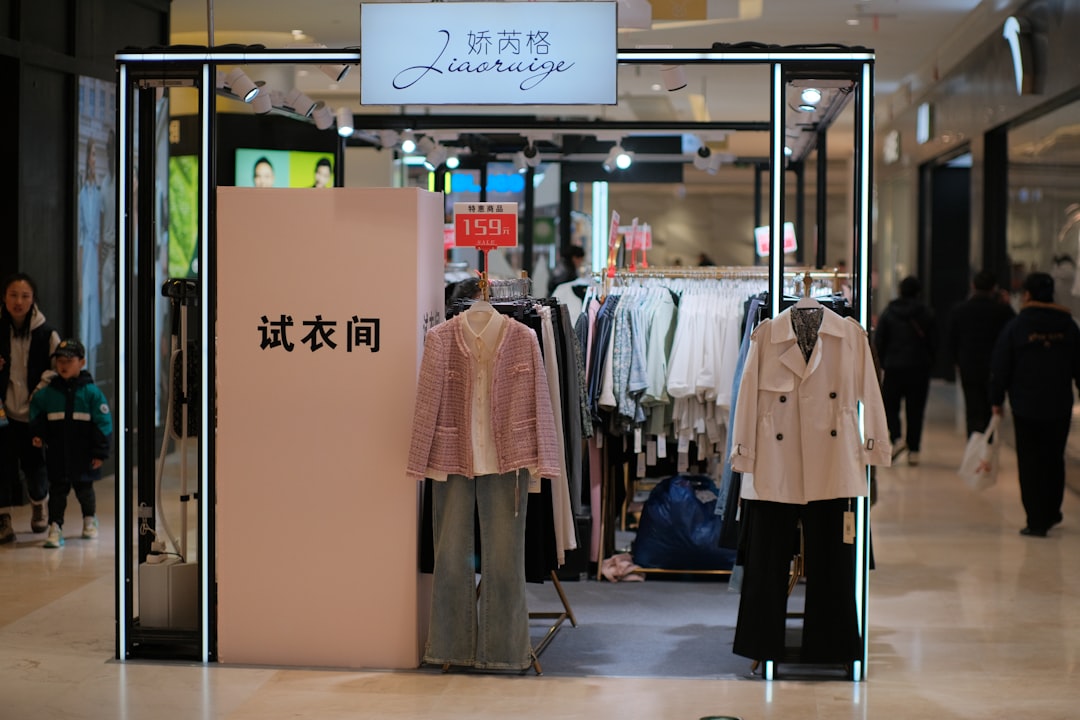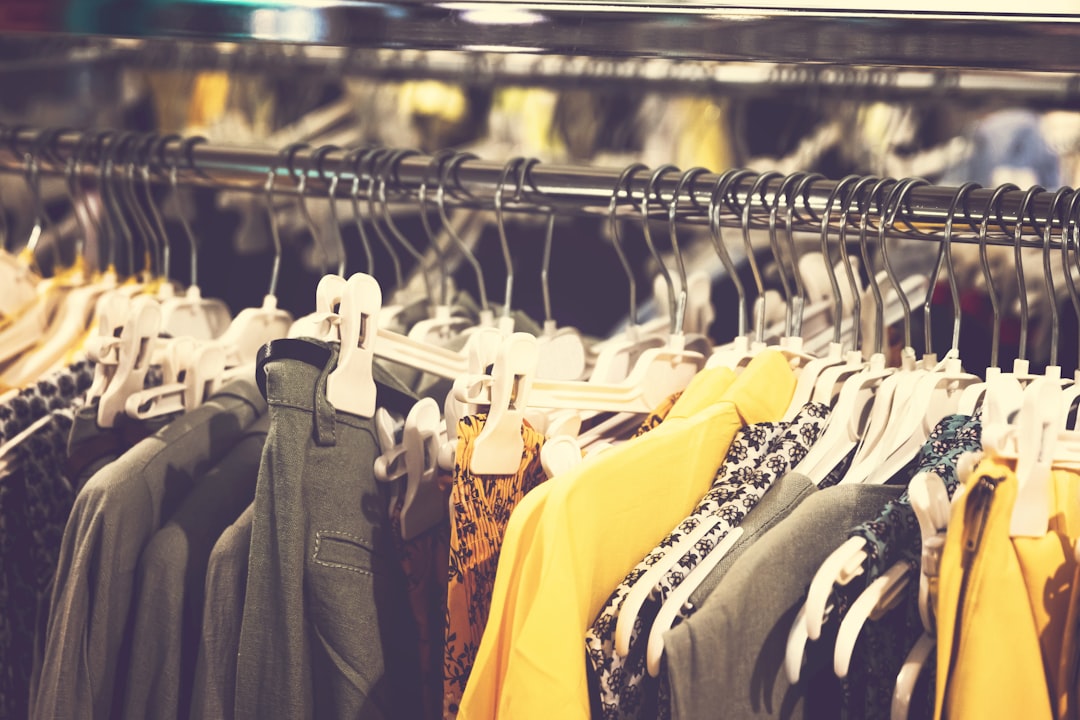In the dynamic world of fashion retail, few names stand out like Zara. Known for its lightning-fast design-to-rack turnaround, Zara’s ability to respond to fashion trends almost in real-time has made it a case study in supply chain excellence. Behind this seamless operation lies a sophisticated technology backbone—and that includes a powerful ERP (Enterprise Resource Planning) system. But which ERP does Zara use, and how has it played a role in the brand’s global success?
At the core of Zara’s operational strategy is its parent company, Inditex, one of the largest fashion retailers in the world. Inditex operates several brands including Zara, Bershka, and Massimo Dutti. What sets Inditex apart is its ability to combine cutting-edge retail technology with a solid logistics system. Let’s delve into the ERP solution that keeps this machine running smoothly.
The ERP Solution Powering Zara
Zara uses a customized in-house ERP system—developed specifically for Inditex’s unique business model. This proprietary ERP software is often referred to as Softeks (also styled as Softeks ERP). Unlike off-the-shelf ERP platforms like SAP or Oracle, Softeks is tailored to integrate closely with Zara’s vertically integrated supply chain and fast fashion retail model.
Image not found in postmeta
This in-house ERP system enables Zara to control nearly every aspect of its operations, from product design and inventory management to warehouse logistics and retail performance. Because the system is custom-built, it allows greater flexibility and speed, two critical requirements in fashion retail where trends can change overnight.
What Makes Softeks ERP So Effective?
There are several reasons why Zara’s in-house ERP system stands out:
- Flexibility: Unlike generic ERP solutions, Softeks is designed specifically for Inditex’s needs. It can evolve rapidly whenever new business requirements arise.
- Real-Time Data: Zara’s ERP allows for real-time communication between inventory, logistics, and retail stores. This means quicker decision-making and faster adaptation to market demands.
- Full Supply Chain Integration: Zara’s system oversees everything from raw materials and production to retail analytics, offering a complete end-to-end overview of the business.
- Data-Driven Decision Making: Managers and designers review real-time sales data to adapt collections almost instantly—unheard of in most other fashion houses.

Why Not SAP or Oracle?
While many global companies rely on established ERP providers such as SAP, Oracle, or Microsoft Dynamics, Zara’s choice to develop an in-house solution stems from its unique business model. Zara’s rapid production cycles—often delivering new styles to stores twice a week—require a level of agility that traditional ERPs may not offer out-of-the-box.
Furthermore, Zara’s vertical integration—designers, manufacturing, and distribution centers all operating under one ecosystem—necessitated a custom solution. Softeks provides the transparency and rapid feedback loop that off-the-shelf software solutions simply can’t match.
The Role of Technology in Zara’s Efficiency
Zara invests heavily in technology infrastructure. Every store is digitally connected with headquarters in Arteixo, Spain. Sales data, customer preferences, and even dressing room feedback are sent back to the central system in real time. This constant feedback loop powers Zara’s fast fashion engine and relies heavily on ERP integration.
Moreover, Zara utilizes handheld devices in their stores that connect directly to the Softeks system. These devices guide staff on everything from restocking items to customer preferences, seamlessly integrating physical retail with backend operations.
Conclusion: Custom ERP as a Competitive Advantage
In summary, Zara’s secret weapon isn’t just its trendy clothing or stylish campaigns—it’s its unique use of technology. By leveraging a bespoke ERP system like Softeks, Zara has been able to align its back-end operations with its front-end fashion business. This blend of strategy and technology has allowed Zara to vacillate effortlessly with ever-shifting consumer trends.
While other brands may rely on widely-available ERP systems, Zara stands as a powerful example of how technology tailored to business needs can lead to extraordinary operational efficiency and competitive advantage in the retail space.
